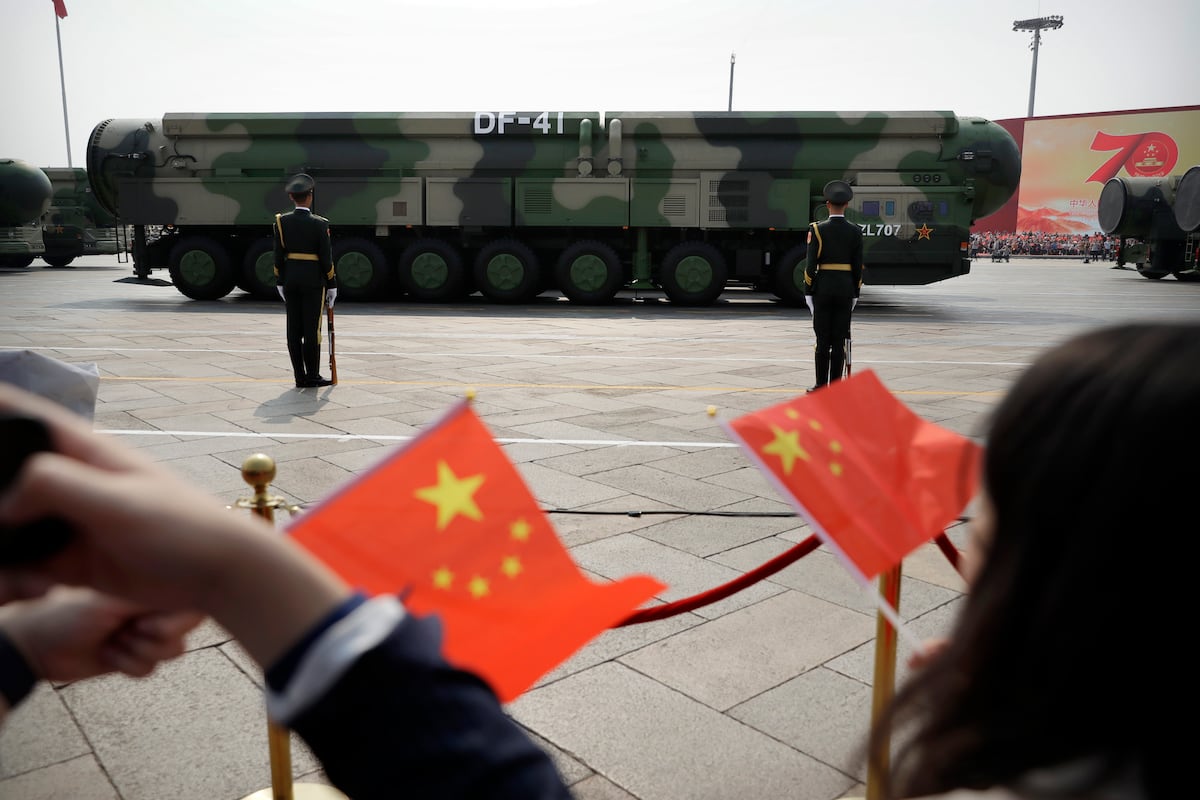Legislation Aims to Protect Strategic Shipbuilding Workforce Amid Federal Cuts
Bipartisan Initiative to Secure Shipyard Employment
A coalition of U.S. senators from both parties has introduced a significant legislative measure aimed at safeguarding America’s public shipyards from impending federal hiring freezes and large-scale layoffs. The push comes in direct response to the Trump administration’s broader strategy to diminish the federal civilian workforce, which has raised concerns about its implications for national security.
The introduction of the Protecting Public Naval Shipyards (PSNY) Act represents a critical response to these challenges. Senators Jeanne Shaheen (D-NH), Maggie Hassan (D-NH), Susan Collins (R-ME), and Angus King (I-ME) highlighted the importance of preserving essential roles at four major naval facilities:
- Norfolk Naval Shipyard (Virginia)
- Portsmouth Naval Shipyard (Maine)
- Puget Sound Naval Shipyard and Intermediate Maintenance Facility (Washington)
- Pearl Harbor Naval Shipyard and Intermediate Maintenance Facility (Hawaii)
National Security Considerations
Senator Shaheen emphasized the pivotal role these shipyard workers play in ensuring national defense readiness, arguing that subjecting them to workforce reductions would be detrimental. “The shipyard workforce is a fundamental pillar of our national defense; they deserve protection against ill-conceived hiring freezes,” she noted in a public statement.
The proposed legislation not only seeks job exemptions from potential downturns but also outlines specific civilian positions that would remain insulated from hiring caps and freezes, including:
- Welders
- Mechanics
- Specialized personnel engaged in nuclear maintenance and refueling
By guaranteeing these positions, the legislation aims to ensure uninterrupted maintenance of America’s nuclear submarine fleet, which is essential for strategic defense capabilities.
Current Workforce Challenges
Currently, the U.S. Navy faces restrictions on hiring, limited to 1,550 external hires per month across all naval installations. For instance, the Portsmouth Naval Shipyard reportedly requires an influx of 550 new personnel annually to effectively maintain its submarine fleet. This disparity indicates systemic hiring challenges that could impede operational efficiency and efficacy.
Earlier this year, Senators Shaheen and Collins advocated for measures to insulate the Portsmouth Naval Shipyard from the Office of Personnel Management’s (OPM) recent “fork in the road” initiative, which directs a reduction in federal workforce size through multiple policy reforms. They warned that substantial cuts to shipbuilding employment could lengthen maintenance periods, ultimately jeopardizing national security.
Ongoing Developments and Response from the Pentagon
In a positive development, the Department of Defense acknowledged concerns and agreed to exempt shipyard personnel from the recent Pentagon-wide hiring freeze. However, despite this reprieve, difficulties in the effective implementation of this exemption have persisted, as noted by Senator Shaheen’s office.
During a recent visit to the Portsmouth facility, alongside Navy Secretary John Phelan, the senators reiterated concerns about the inadequacies of the hiring freeze and its impact on operational readiness. On May 13, they sent a follow-up letter to the OPM, pressing for expedited processing of nearly 150 job offers that had been approved but were stalled in bureaucratic limbo.
Implications for Future Workforce Retention
Defense Secretary Pete Hegseth committed to expediting the onboarding process during his first appearance before the Senate Armed Services Committee, promising measures to address these workforce challenges. Despite these assurances, there remain critical concerns regarding the pacing of hiring, particularly as prospective employees—including recent graduates and skilled tradespeople—may be deterred by lengthy hiring timelines.
As the competition for talent intensifies within the defense sector, it becomes imperative for legislative and administrative bodies to act decisively to retain skilled workers. The ongoing workforce shortages in shipbuilding not only threaten operational readiness but also highlight the complexity of balancing federal workforce management with the strategic imperatives of national defense.
Conclusion
The current legislative efforts underscore a crucial step toward protecting the vital workforce supporting U.S. naval operations. As public shipyards continue to face challenges from federal hiring policies, ongoing advocacy and oversight will be critical to ensuring these essential facilities are fully staffed and capable of meeting national security demands.





